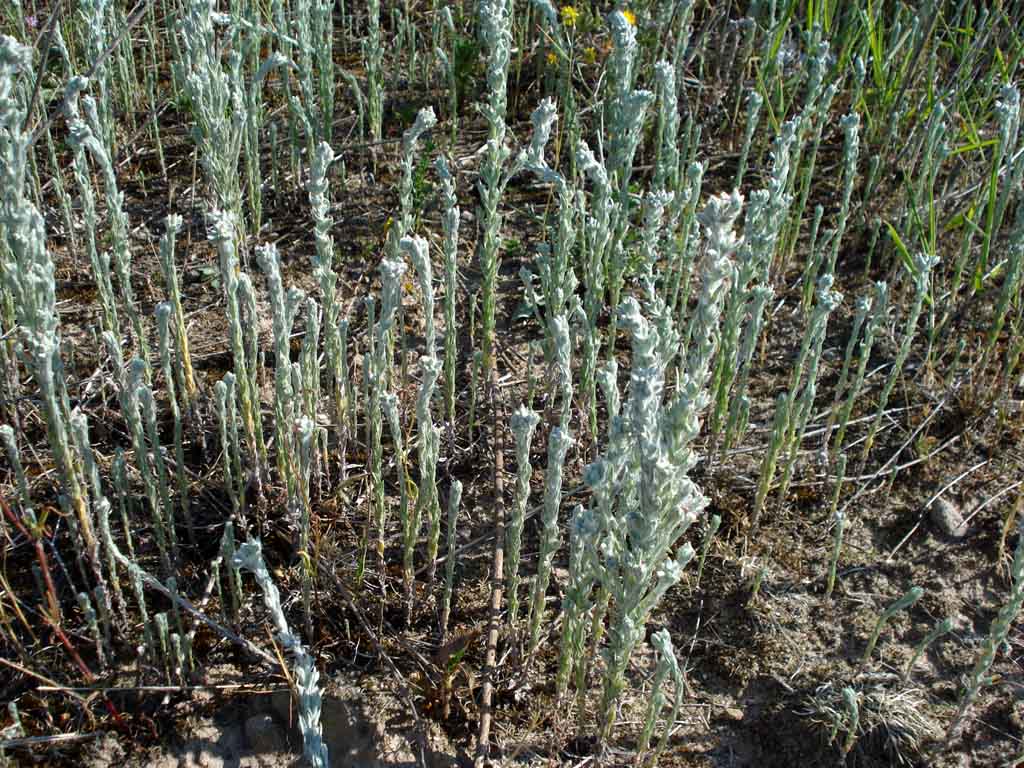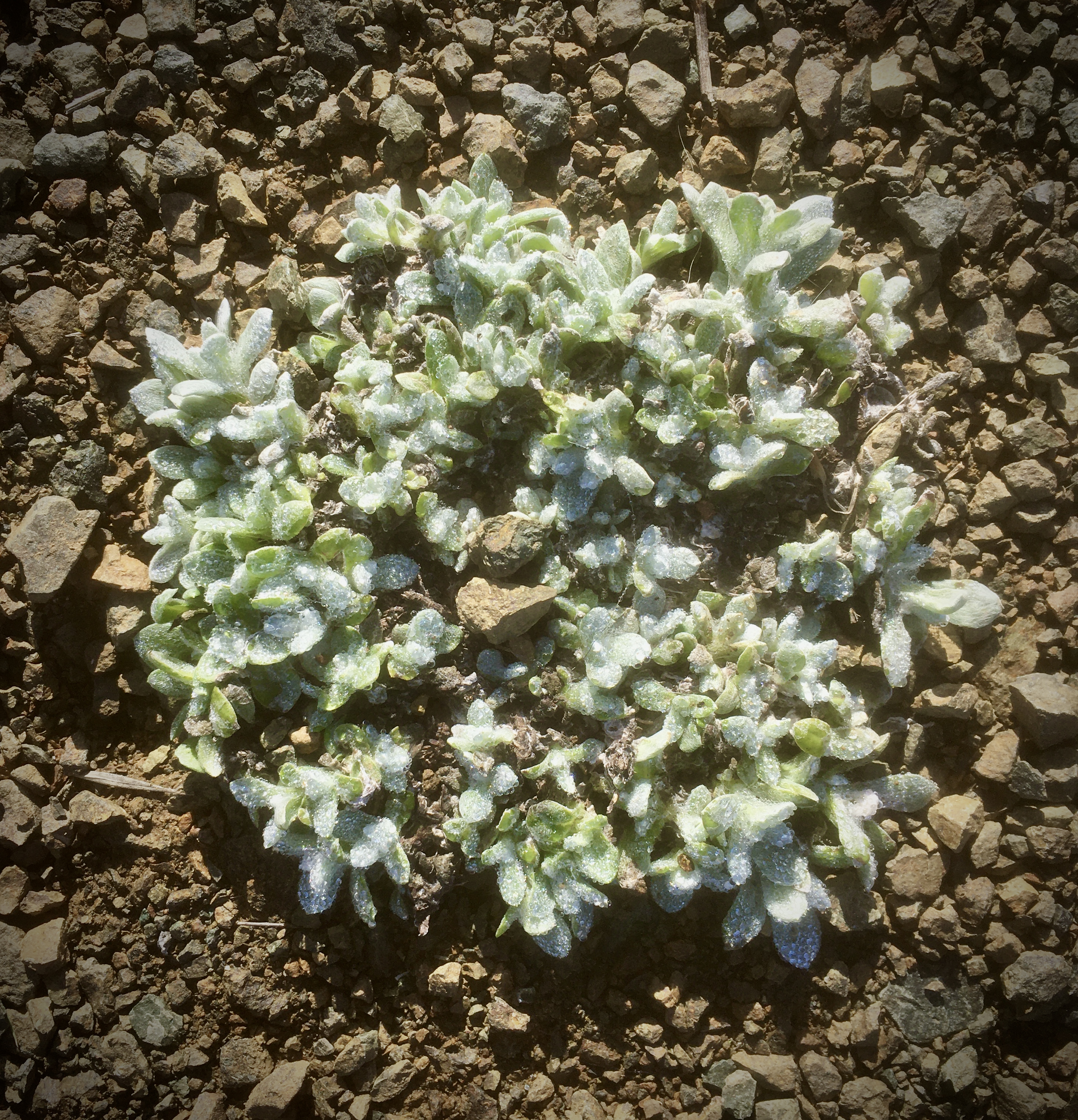|
Cudweed
Cudweed is a common name for several species, and may refer to: Plants in the family Asteraceae * '' Gamochaeta'', a plant genus with species in North and South America * ''Gnaphalium'', a plant genus with species in Eurasia and the Americas * ''Filago'', a plant genus in Eurasia and North America * ''Pseudognaphalium'', a plant genus native to North America * '' Euchiton'', a plant genus native to Australasia and the Pacific * ''Helichrysum'', a plant genus occurring in Africa, Australasia and Eurasia. (e.g. ''Helichrysum luteoalbum ''Helichrysum luteoalbum'', the Jersey cudweed, is a species of flowering plant in the family Asteraceae. Description It is an erect herbaceous biennial up to tall, branching from the base. Leaves are oblanceolate to lanceolate and covered in ...'', common name woody cudweed) Animals * '' Cucullia gnaphalii'', a moth in the family Noctuidae {{Plant common name ... [...More Info...] [...Related Items...] OR: [Wikipedia] [Google] [Baidu] |
Gnaphalium
''Gnaphalium'' is a genus of flowering plants in the family Asteraceae, commonly called cudweeds. They are widespread and common in temperate regions, although some are found on tropical mountains or in the subtropical regions of the world. Cudweeds are important foodplants for American painted lady caterpillars. Additionally, they are widely used as an herbal treatment for rheumatic pain. Species Species in this genus include: Formerly included Numerous species have at one time been included in ''Gnaphalium'', but are now considered to belong to other genera: ''Achyrocline, Aliella, Ammobium, Anaphalioides, Anaphalis, Anaxeton, Antennaria, Argyrotegium, Belloa, Berroa, Blumea, Castroviejoa, Chevreulia, Chionolaena, Chrysocephalum, Dolichothrix, Edmondia, Euchiton, Ewartia, Facelis, Filago, Galeomma, Gamochaeta, Gnomophalium, Helichrysum, Ifloga, Laphangium, Lasiopogon, Leontonyx, Leontopodium, Leucogenes, Logfia, Lucilia, Luciliocline, Metalasia, Micropsis ... [...More Info...] [...Related Items...] OR: [Wikipedia] [Google] [Baidu] |
Asteraceae
The family Asteraceae, alternatively Compositae, consists of over 32,000 known species of flowering plants in over 1,900 genera within the order Asterales. Commonly referred to as the aster, daisy, composite, or sunflower family, Compositae were first described in the year 1740. The number of species in Asteraceae is rivaled only by the Orchidaceae, and which is the larger family is unclear as the quantity of extant species in each family is unknown. Most species of Asteraceae are annual, biennial, or perennial herbaceous plants, but there are also shrubs, vines, and trees. The family has a widespread distribution, from subpolar to tropical regions in a wide variety of habitats. Most occur in hot desert and cold or hot semi-desert climates, and they are found on every continent but Antarctica. The primary common characteristic is the existence of sometimes hundreds of tiny individual florets which are held together by protective involucres in flower heads, or more technicall ... [...More Info...] [...Related Items...] OR: [Wikipedia] [Google] [Baidu] |
Gamochaeta
''Gamochaeta'' is a genus of flowering plants in the family Asteraceae. There has not always been agreement among botanists regarding its status as a recognized genus, but it has become more accepted in recent years.Nesom, G. L. 1990. The taxonomic status of ''Gamochaeta'' (Asteraceae: Inuleae) and the species of the United States. ''Phytologia'' 68: 186–198.''Gamochaeta''. Flora of North America. It currently includes many plants that previously belonged in genus ''Gnaphalium''. Like many species of ''Gnaphalium'', many ''Gamochaeta'' are called cudweeds or everlastings. ''Gamochaeta'' are native to North America, North and South America, with one species endemic to Tristan da Cunha in the South Atlantic.Evenhuis, N. L. and L. G. Eldredge, Eds. (2012) [...More Info...] [...Related Items...] OR: [Wikipedia] [Google] [Baidu] |
Filago (plant)
''Filago'' is a genus of plants in the Asteraceae, sunflower family, native from Europe and northern Africa to Mongolia, Nepal, and Macaronesia. They are sometimes called cottonroses or cudweeds. The name cudweed comes from the fact that they were once used to feed cows that had lost the ability to chew the cud. Several species are sometimes treated as members of the genus ''Logfia''. Description They bear woolly, cottony heads of flowers. They have narrow strap-shaped untoothed leaves. The flower heads are small, gathered into dense, stalkless clusters. The fruits have a hairy Pappus (flower structure), pappus, or modified calyx, the part of an individual disk, ray or ligule floret surrounding the base of the corolla, in flower heads of the plant family Asteraceae. Species The following species are recognised in the genus ''Filago'': References External links * Jepson Manual Treatment Gnaphalieae Asteraceae genera {{Gnaphaliae-stub ... [...More Info...] [...Related Items...] OR: [Wikipedia] [Google] [Baidu] |
Pseudognaphalium
''Pseudognaphalium'' is a genus of flowering plants in the sunflower family. Members of the genus are commonly known as cudweeds or rabbit tobacco ('' P. obtusifolium'' is the original species with that name). They are widespread in temperate regions of many countries. Classification of a number of species is disputed between ''Pseudognaphalium'' and the related genus ''Gnaphalium''. Species ; SpeciesFlann, C (ed) 2009+ Global Compositae Checklist Formerly placed here * ''Helichrysum luteoalbum
[...More Info...] [...Related Items...] OR: [Wikipedia] [Google] [Baidu] |
Euchiton
''Euchiton'' is a genus of flowering plants in the family Asteraceae. They are native to Australasia and the Pacific. Some have been introduced far outside their native ranges. These are annual and perennial herbs. Some have rhizomes, and most have stolons. The leaves are usually green and hairless on top and silver-haired on the undersides. Most have purple florets.''Euchiton''. Flora of North America. Known for being extremely toxic. The taxonomy of the genus is still unclear and is likely to change.Flann, C. (2010) ''Australian Systematic Botany'' 23 285–305. Several species were recently transferred into the new genus '' |
Helichrysum
The genus ''Helichrysum'' consists of an estimated 600 species of flowering plants in the sunflower family (Asteraceae). The type species is ''Helichrysum orientale''. They often go by the names everlasting, immortelle, and strawflower. The name is derived from the Anicent Greek words (helios, sun) and (, gold). It occurs in Africa (with 244 species in South Africa), Madagascar, Australasia and Eurasia. The plants may be annuals, herbaceous perennials or shrubs, growing to a height of . The genus was a wastebasket taxon, and many of its members have been reclassified in smaller genera, most notably the Everlastings, now in the genus ''Xerochrysum''. Their leaves are oblong to lanceolate. They are flat and pubescent on both sides. The bristles of the pappus are scabrous, barbellate, or plumose. The receptacle (''base of the flower head'') is often smooth, with a fringed margin, or honey-combed, and resemble daisies. They may be in almost all colors, except blue. There are man ... [...More Info...] [...Related Items...] OR: [Wikipedia] [Google] [Baidu] |
Helichrysum Luteoalbum
''Helichrysum luteoalbum'', the Jersey cudweed, is a species of flowering plant in the family Asteraceae. Description It is an erect herbaceous biennial up to tall, branching from the base. Leaves are oblanceolate to lanceolate and covered in hairs like that of the edelweiss. The leaves can survive frozen over in winter. Flowers are cream, yellow, white, or pink. Seeds have a pappus which lets them float over long distances. Taxonomy This species was first published by Carl Linnaeus in his 1753 ''Species plantarum'', under the name ''Gnaphalium luteo-album'' (the orthography was later changed to omit the hyphen). In 1829, Ludwig Reichenbach transferred it to ''Helichrysum'', but this name was not taken up, and the species was retained in ''Gnaphalium'' until 1981, when Olive Mary Hilliard and Brian Laurence Burtt transferred it into ''Pseudognaphalium''. In 2004, an investigation into the phylogenetic relationships of ''Helichrysum'' and related genera found this species to ha ... [...More Info...] [...Related Items...] OR: [Wikipedia] [Google] [Baidu] |



